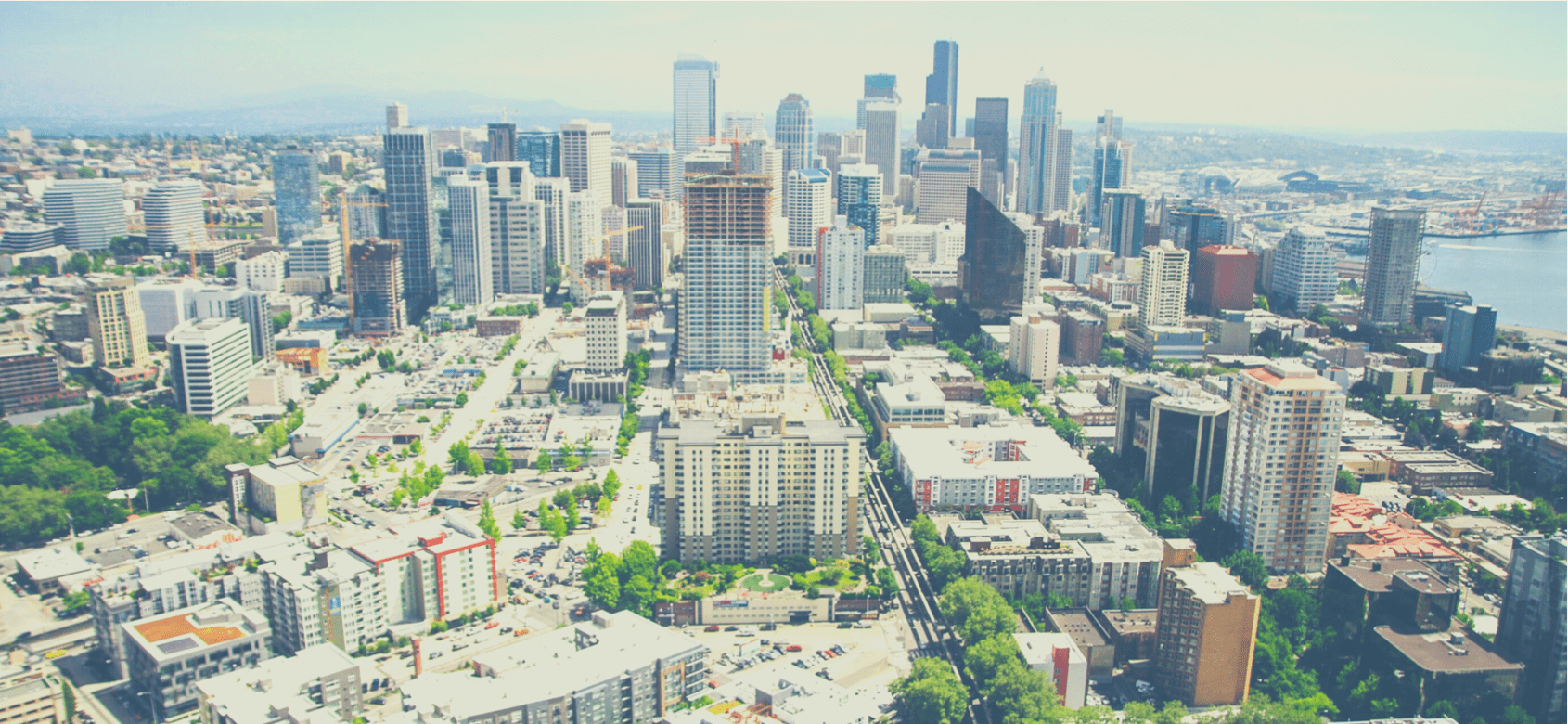
In How the ‘15-Minute City’ Could Help Post-Pandemic Recovery, Patrick Sisson provides a high-level overview of the ’15-minute City’ and why the novel Coronavirus pandemic has accelerated this innovative solution. Essentially, back in early February, the Mayor of Paris, Anne Hidalgo, offered the ‘15-Minute City’ as a component to her campaign as mayor. Through greater accessibility to everyday essentials just a few blocks away within short walking or cycling distance, the ‘15-Minute City’ promotes hyper-proximity as a source of future social and economic models. It envisions main roads unavailable to cars; busy auto-mobile filled streets into walking zones; “children streets” situated by parks, schools, and day-care centers, instead of street parking for cars. Now, in the midst of a global pandemic, the adoption of a ’15-minute City’ in Manhattan seems conceivable. If anything, the design is receiving more attention across borders.
At the onset of the Coronavirus touching down in New York City, life suddenly seemed to move in slow motion. Aside from the essential businesses operating, New Yorkers faced an uncomfortable quietness. Although essential businesses remained open, citizens struggled to secure their proper needs; for instance, medication from their faraway pharmacy. Due to the spread of Coronavirus in poorly filtered, condensed areas, citizens hesitated to catch public transportation, leading them to go without their treatment. As a problem centers stage, a solution begins to creep in. Welcome to the ’15-Minute City.’
In reference to the proposed example, by implementing a ’15-Minute City,’ people will be able to access their neighborhood’s pharmacy. Not only will a ’15-Minute City’ provide citizens the convenience to essentials like pharmacy, day-care and education, but will also improve “their shopping, work, recreation and cultural needs within a 15-minute walk.” Furthermore, creating an environment for neighbors to walk to their destined location will minimize pollutants in the air and add benefits to their physical, mental, and emotional health. Conversely, as touched on in the article, “It’s not just a matter of adding lanes and wider sidewalks. There are lots of arterial roads there and, without real political trade-offs from the local officials… it won’t ever be truly walkable.” Similarly, the mantra could charge inequalities across the city. As a segregated space through its economic, housing and schooling opportunities, New York City could become greater segmented and divided through the concentration of people’s wants and needs. As with any innovative solution, setbacks deem inevitable; nevertheless, if New Yorkers coalesce and cooperate over a common goal, urban reform will transpire.
With the invisible force looming the world, we recognize the need for visible change across metropolises. Similarly, the densely populated city of New York faced early struggles head-on. The resilience shown from New Yorkers these past nine months sets the foundation for positive change in the city. Senator Andrew Cuomo said it best: “We’re going to get through it because… we are united, and when you are united, there is nothing you can’t do.”
Leave a Reply